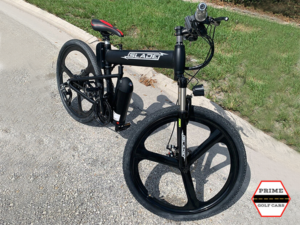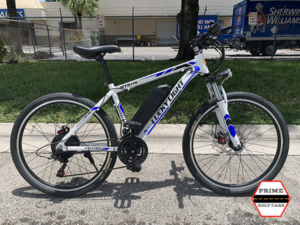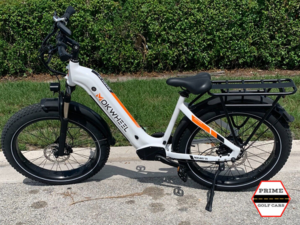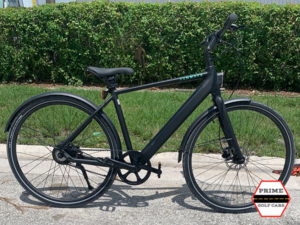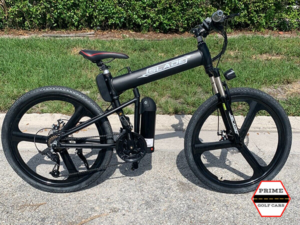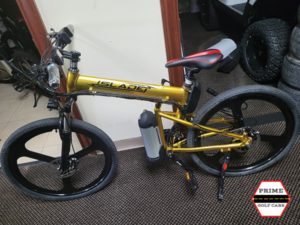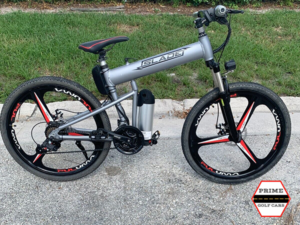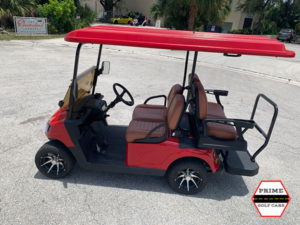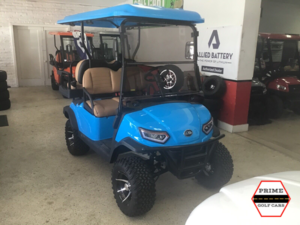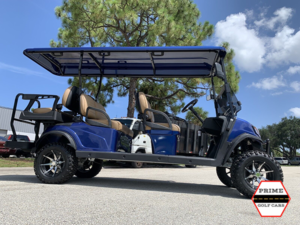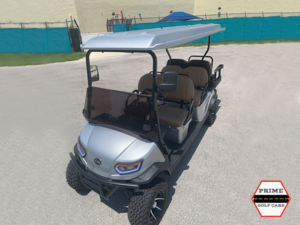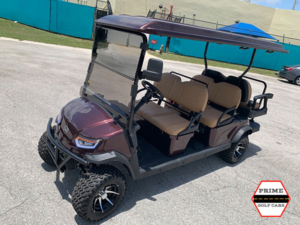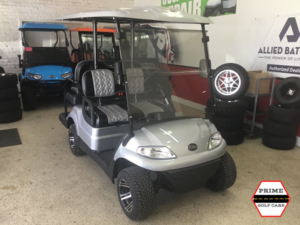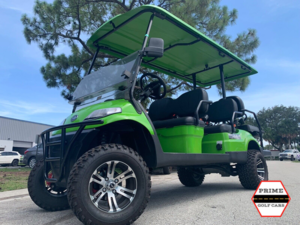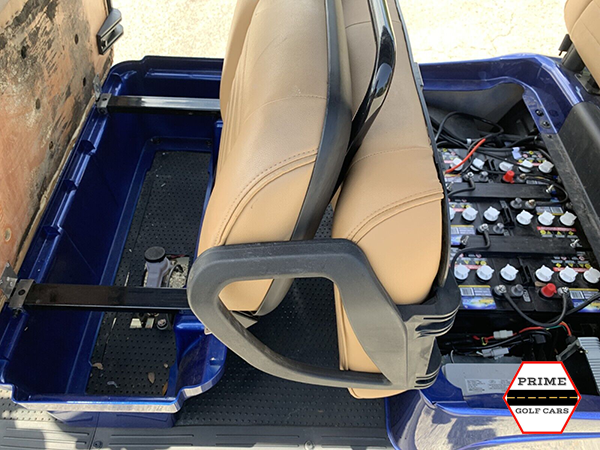Recently, we have begun offering E-Bike rental along with our golf cart rentals. You can view our E-Bike rental rates on our rental page, where you can also fill out our application form to rent an electric bicycle for 4 hours to 1 week, or anything in between, or a custom rental length – just put your specifications in the special instructions box.
Our various electric bikes that we have for rental and for sale come in a variety of brands, and you can view additional details on each at our E-Bikes at our golf cart parts and accessories website, Prime Cart Parts. Below are some of the electric bike brands we have in stock at our various locations – our main store is our Riviera Beach location, but we also have stores in Fort Lauderdale, Miami, and Vero Beach.
Slade E-Bike Rental
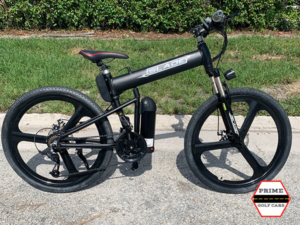 Equipped with an LCD screen and lights, the Slade EBike boasts 5 levels of pedal assist that allows you to choose the level of effort you want to put in. The best part – it can be folded and fit inside your trunk and closet, thanks to the one fast release clamp that makes it incredibly convenient to store. The backlit LCD display located on the handlebars enables you to keep track of your speed, pedal assist level, distance traveled, and distance left to go, so you always know where you stand. The 5 levels of pedal assist, coupled with no need for a pedal throttle, means that you can go as hard or light as you want. Moreover, the phone holder, hub motor, and battery, top speed of 28 mph, 21 speed settings, and bright front headlight make this bike an absolute game-changer. Not only that, the Slade EBike electric mountain bike is incredibly lightweight, making it an excellent choice for riders of all ages. Available in three different colors – black, gold, and grey.
Equipped with an LCD screen and lights, the Slade EBike boasts 5 levels of pedal assist that allows you to choose the level of effort you want to put in. The best part – it can be folded and fit inside your trunk and closet, thanks to the one fast release clamp that makes it incredibly convenient to store. The backlit LCD display located on the handlebars enables you to keep track of your speed, pedal assist level, distance traveled, and distance left to go, so you always know where you stand. The 5 levels of pedal assist, coupled with no need for a pedal throttle, means that you can go as hard or light as you want. Moreover, the phone holder, hub motor, and battery, top speed of 28 mph, 21 speed settings, and bright front headlight make this bike an absolute game-changer. Not only that, the Slade EBike electric mountain bike is incredibly lightweight, making it an excellent choice for riders of all ages. Available in three different colors – black, gold, and grey.
Bintelli E-Bike
Bintelli M1
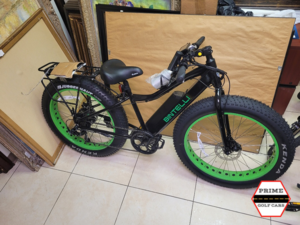 Designed to be the perfect combination of style and function, the Bintelli M1 EBike features fat tires, 26 inch rims, and a powerful motor capable of reaching a top speed of approximately 20mph. On a charge, the M1 electric bike can travel approximately 20-30 miles, and can recharge within 4-6 hours. Constructed from durable 6061 aluminum alloy, the Bintelli M1 weighs in at just 60lbs, making it easy to transport and maneuver. With its adjustable gooseneck, 7 speed 1×7 Shimano Tourney TX gearing, and 44 tooth chainring, you can easily customize your ride to suit your individual needs.
Designed to be the perfect combination of style and function, the Bintelli M1 EBike features fat tires, 26 inch rims, and a powerful motor capable of reaching a top speed of approximately 20mph. On a charge, the M1 electric bike can travel approximately 20-30 miles, and can recharge within 4-6 hours. Constructed from durable 6061 aluminum alloy, the Bintelli M1 weighs in at just 60lbs, making it easy to transport and maneuver. With its adjustable gooseneck, 7 speed 1×7 Shimano Tourney TX gearing, and 44 tooth chainring, you can easily customize your ride to suit your individual needs.
Colors available: Black, Anvil, White, Red. NOTE: The green EBike in the image is not a standard color. If you’re interested in a custom color, use our contact page to get in touch with us.
Bintelli B2
 This stylish and lightweight Bintelli B2 EBike boasts a maximum speed of 20mph, and a travel range of approximately 19-25 miles on a single charge; the time to recharge is only 4-6 hours. Plus, with its lightweight 58lbs frame and ZOOM suspension fork, you can enjoy a comfortable ride, whether you’re on pavement or dirt roads. Featuring a 7-speed Shimano Tourney gearing system and 26-inch rims, you’ll have a smooth and efficient ride wherever your travels take you. And with the cadence sensing pedal assist and trigger throttle, you can easily switch between pedal-powered mode or a quick boost from the electric motor.
This stylish and lightweight Bintelli B2 EBike boasts a maximum speed of 20mph, and a travel range of approximately 19-25 miles on a single charge; the time to recharge is only 4-6 hours. Plus, with its lightweight 58lbs frame and ZOOM suspension fork, you can enjoy a comfortable ride, whether you’re on pavement or dirt roads. Featuring a 7-speed Shimano Tourney gearing system and 26-inch rims, you’ll have a smooth and efficient ride wherever your travels take you. And with the cadence sensing pedal assist and trigger throttle, you can easily switch between pedal-powered mode or a quick boost from the electric motor.
Variety of colors available: Anvil, flame, aqua.
Lucky Light E-Bike Rental
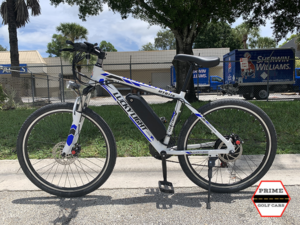 The Lucky Light EBike is a lightweight electric bike with a sleek, streamlined design, perfect for city and street rides. With a top speed of 23 mph, you can cover more ground in less time, without breaking a sweat. With a maximum load capacity of 280 lbs, it can take on whatever cargo you need to carry with ease. The Lucky Light EBike can easily switch between different pedal assist settings to get the level of support you need while riding. This bike also comes with a front-end shock suspension and dual-wheel disc brakes, which ensures a comfortable and safe ride, even on bumpy or uneven surfaces. With an adjustable seat and flat handlebars, you can customize the bike to fit your specific comfort needs. The Lucky Light EBike also comes with an LCD screen and lights, so you can easily monitor your speed and battery life, and stay visible on the road.
The Lucky Light EBike is a lightweight electric bike with a sleek, streamlined design, perfect for city and street rides. With a top speed of 23 mph, you can cover more ground in less time, without breaking a sweat. With a maximum load capacity of 280 lbs, it can take on whatever cargo you need to carry with ease. The Lucky Light EBike can easily switch between different pedal assist settings to get the level of support you need while riding. This bike also comes with a front-end shock suspension and dual-wheel disc brakes, which ensures a comfortable and safe ride, even on bumpy or uneven surfaces. With an adjustable seat and flat handlebars, you can customize the bike to fit your specific comfort needs. The Lucky Light EBike also comes with an LCD screen and lights, so you can easily monitor your speed and battery life, and stay visible on the road.
Mokwheel E-Bike
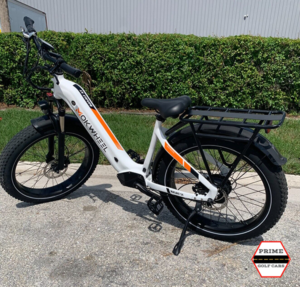 Equipped with a powerful lithium battery able to fully recharge in just 4-6 hours, the Mokwheel EBike can travel up to 60-80 miles, with a maximum speed of 28mph on Level 5 pedal assist. With its 48V 750W brushless rear hub motor, riders can effortlessly cruise up steep hills and easily reach their desired destination. The Mokwheel EBike is not just a powerhouse on wheels, it’s also loaded with advanced features, such as hydraulic disc brakes, 110mm adjustable suspension, torque sensors, and a customized leather seat, providing riders with a comfortable and safe ride. Other features include an LED integrated display, aluminum kickstand, and aluminum alloy rims, making it an excellent choice for those who value style and performance. The Mokwheel EBike is perfect for all riders with its easy-to-use LCD screen and lights.
Equipped with a powerful lithium battery able to fully recharge in just 4-6 hours, the Mokwheel EBike can travel up to 60-80 miles, with a maximum speed of 28mph on Level 5 pedal assist. With its 48V 750W brushless rear hub motor, riders can effortlessly cruise up steep hills and easily reach their desired destination. The Mokwheel EBike is not just a powerhouse on wheels, it’s also loaded with advanced features, such as hydraulic disc brakes, 110mm adjustable suspension, torque sensors, and a customized leather seat, providing riders with a comfortable and safe ride. Other features include an LED integrated display, aluminum kickstand, and aluminum alloy rims, making it an excellent choice for those who value style and performance. The Mokwheel EBike is perfect for all riders with its easy-to-use LCD screen and lights.
Tenways E-Bike
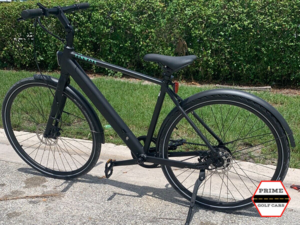 Weighing just 37 lbs, the Tenways EBike is one of the lightest e-bikes available today. Its sporty geometry adds to its sleek design, giving it an aerodynamic look. Powered by a 250W rear hub motor, the Tenways EBike is a force to be reckoned with. Its magnetic torque sensor ensures a smooth ride, while its carbon belt drive gives it unmatched power. The Tenways EBike is built for endurance, with a claimed range of up to 80 miles on a single charge. Its 36V 7Ah battery, equipped with Samsung cells, provides you with ample power, no matter where you go. What’s more, its integrated battery ensures a clean and seamless design that looks great and functions even better. The Tenways electric bike is designed to cater to riders of all sizes, with a load capacity of 264 lbs (120 kg).
Weighing just 37 lbs, the Tenways EBike is one of the lightest e-bikes available today. Its sporty geometry adds to its sleek design, giving it an aerodynamic look. Powered by a 250W rear hub motor, the Tenways EBike is a force to be reckoned with. Its magnetic torque sensor ensures a smooth ride, while its carbon belt drive gives it unmatched power. The Tenways EBike is built for endurance, with a claimed range of up to 80 miles on a single charge. Its 36V 7Ah battery, equipped with Samsung cells, provides you with ample power, no matter where you go. What’s more, its integrated battery ensures a clean and seamless design that looks great and functions even better. The Tenways electric bike is designed to cater to riders of all sizes, with a load capacity of 264 lbs (120 kg).
You can find more information on any of these electric bikes at our main website, Prime Golf Cars, or at our E-Bike site, Prime E-Bike. Use our contact form to get in touch with us about any purchase inquiries or other questions.
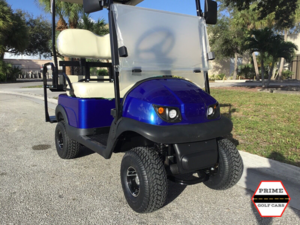
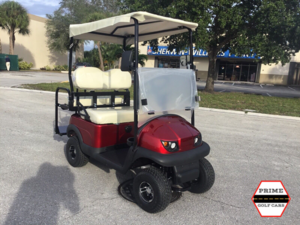
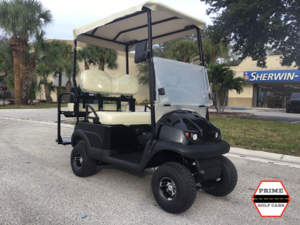
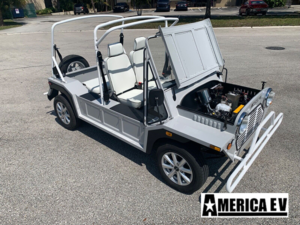
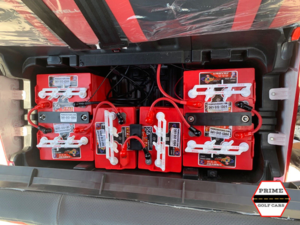
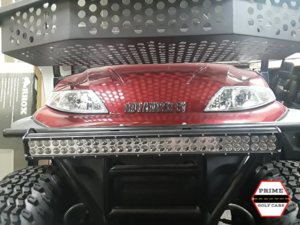
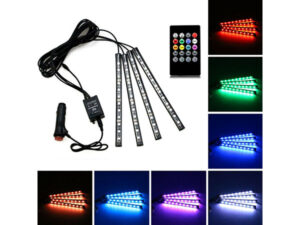

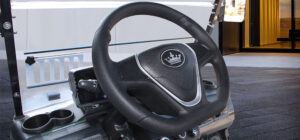
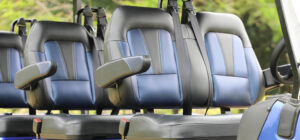
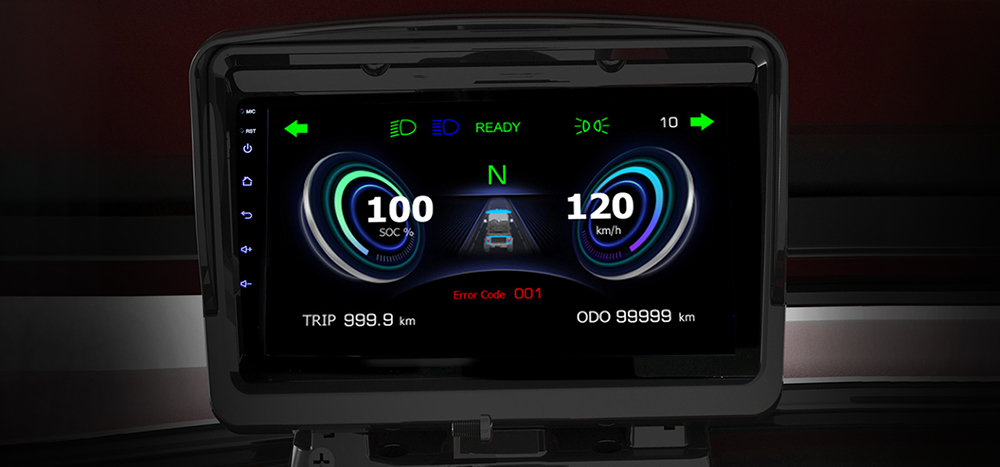
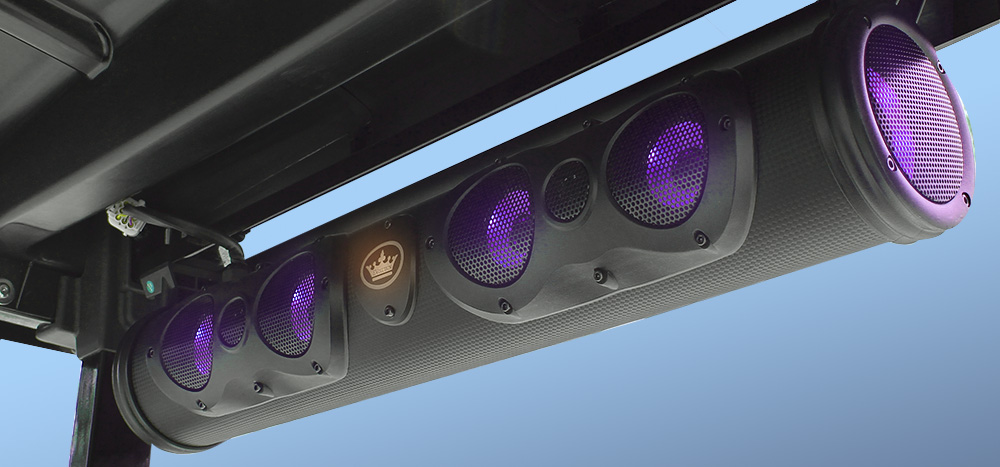
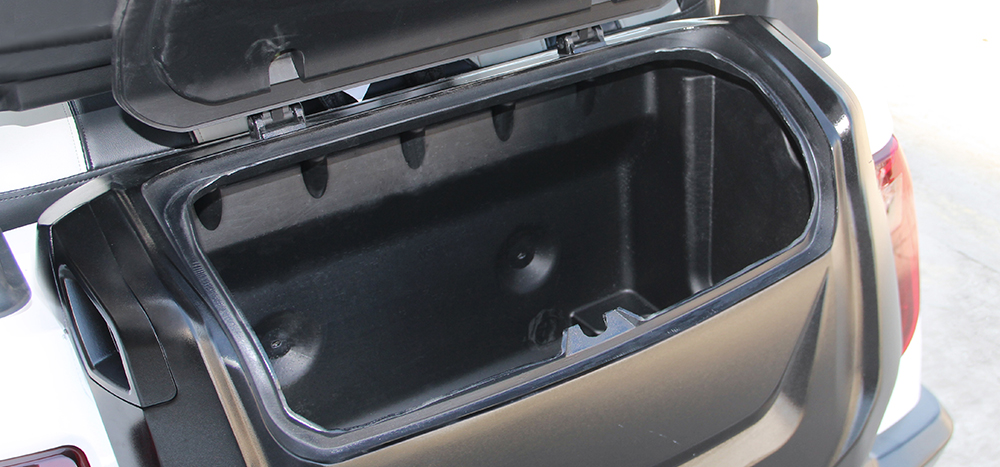




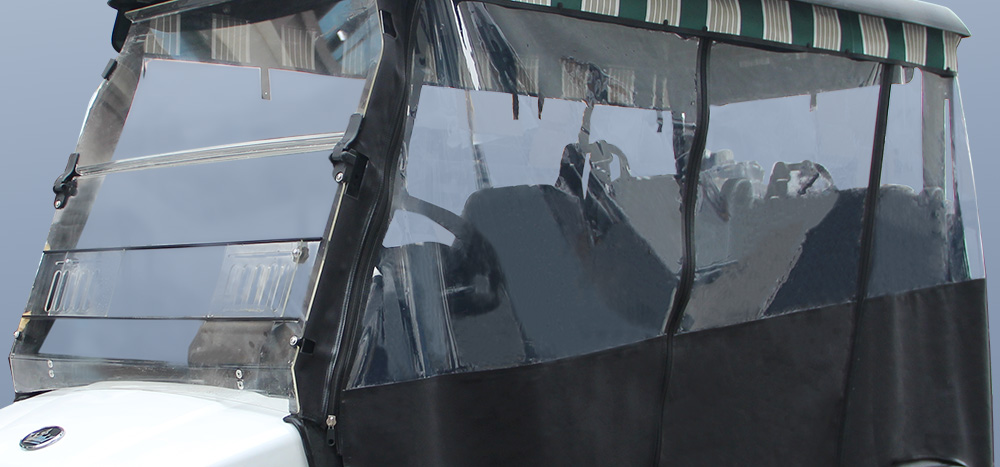
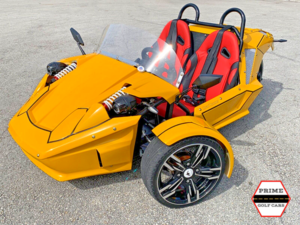
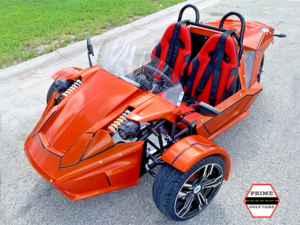
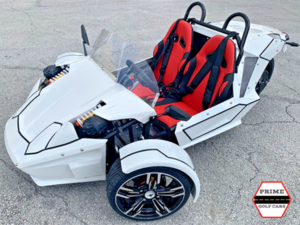
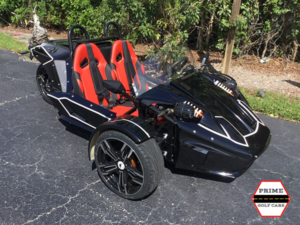
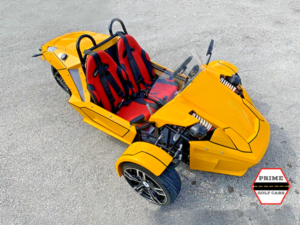


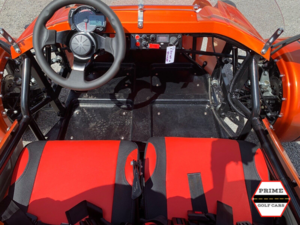
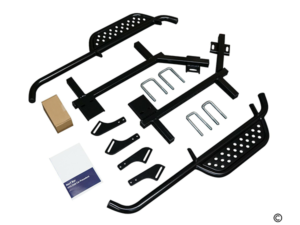
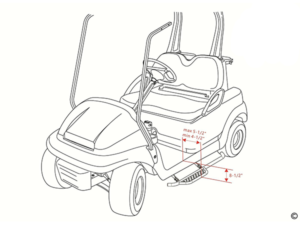
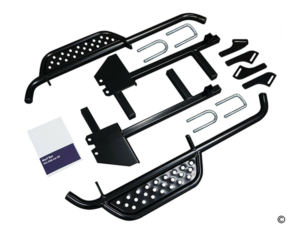
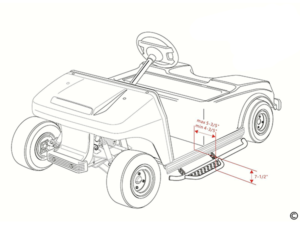
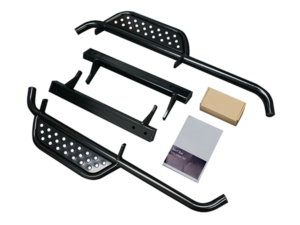
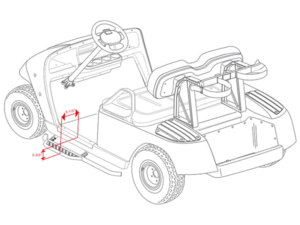
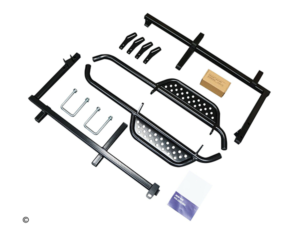
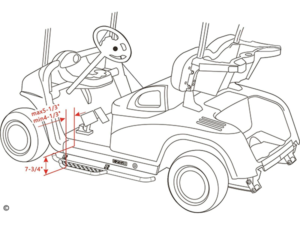
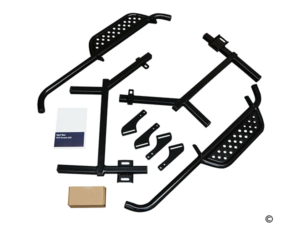
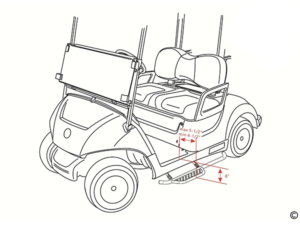
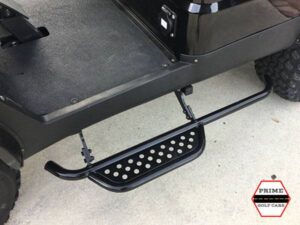
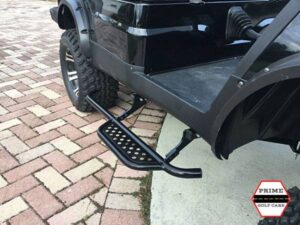



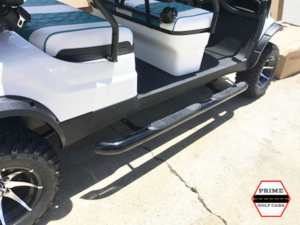

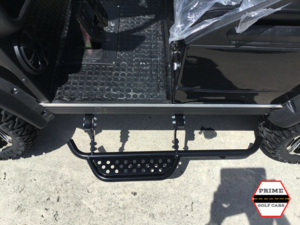

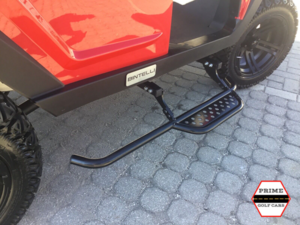

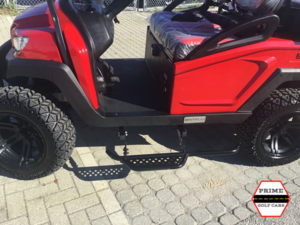
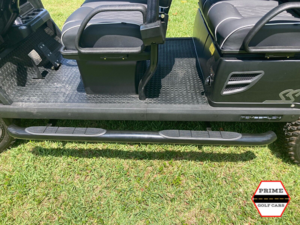
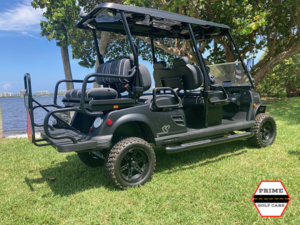
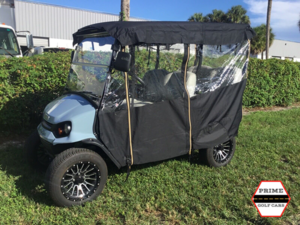
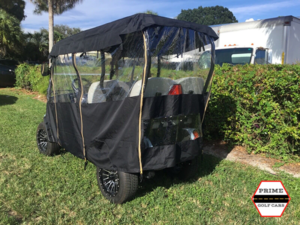
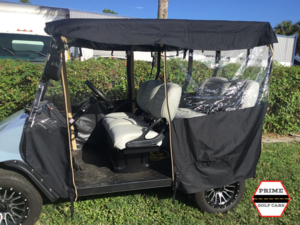
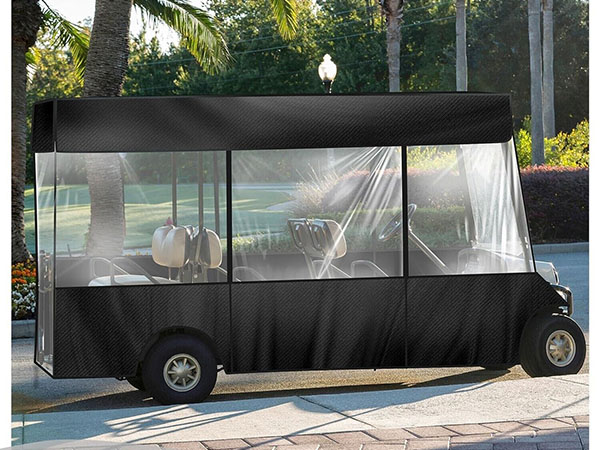

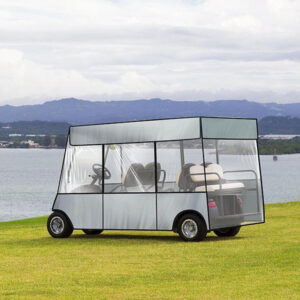

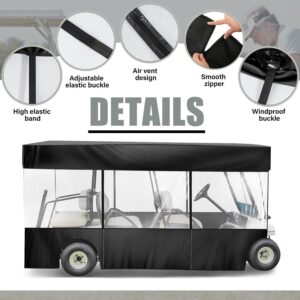
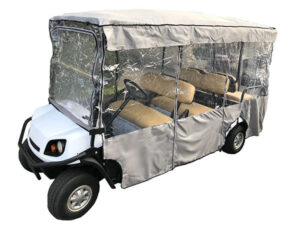
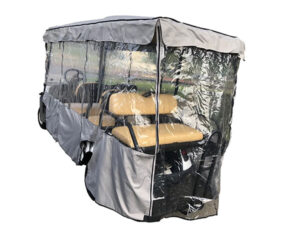

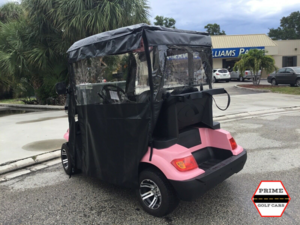

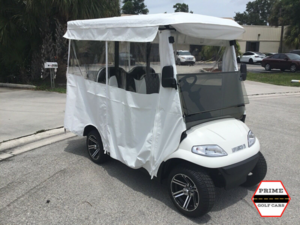
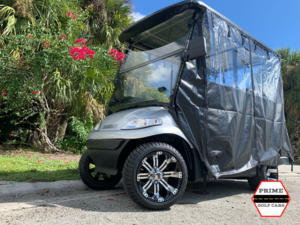
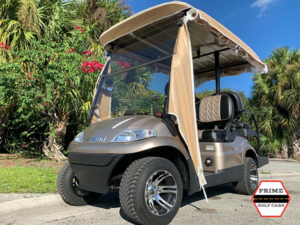
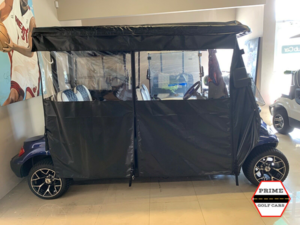
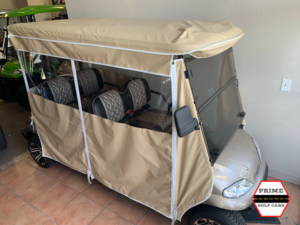
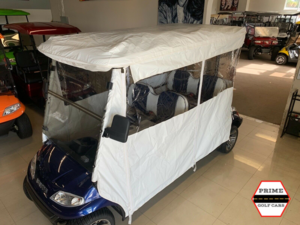

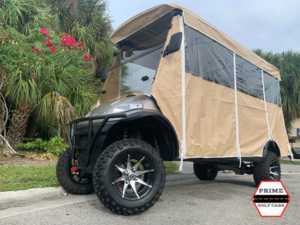
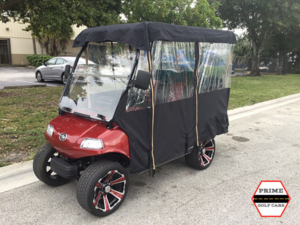
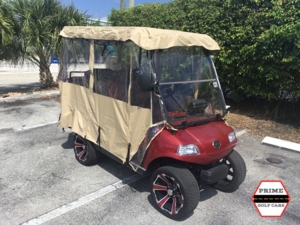
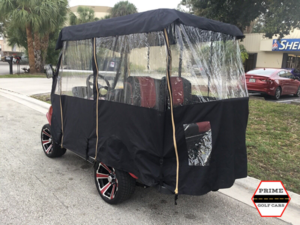
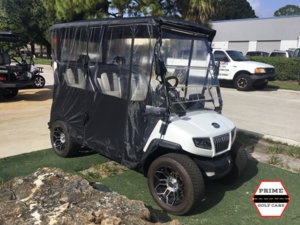
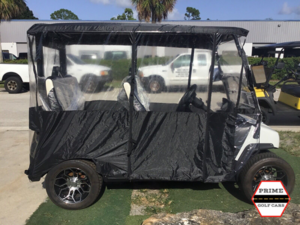


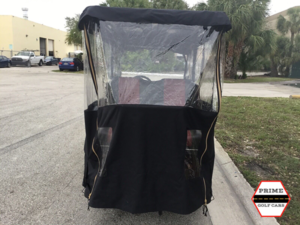

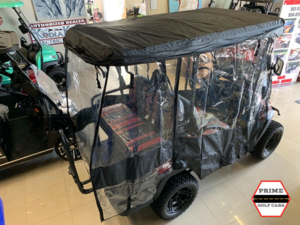


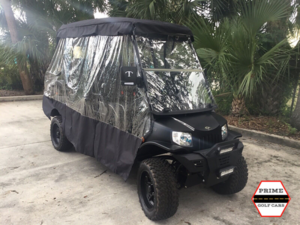
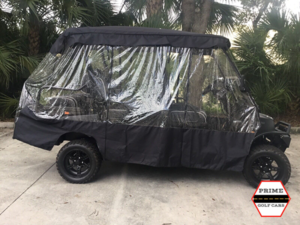
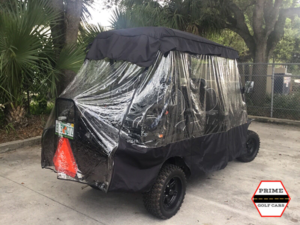
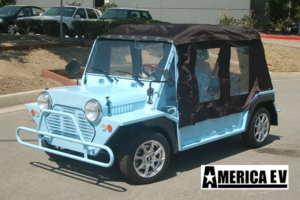


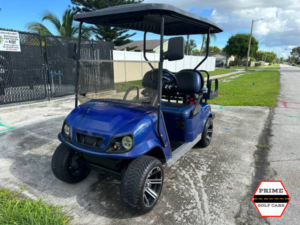
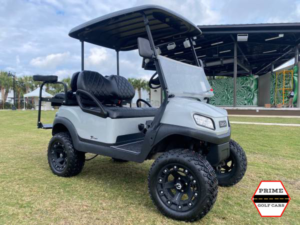

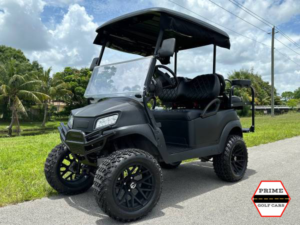


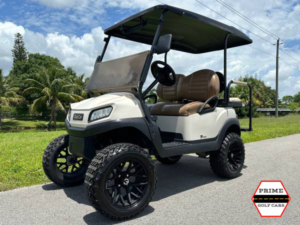
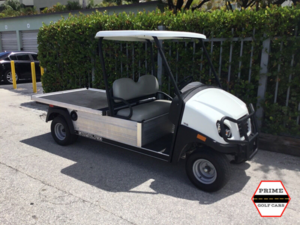
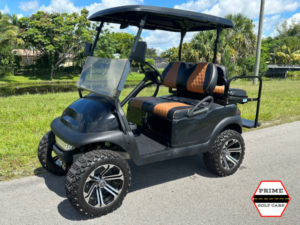

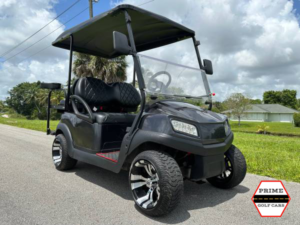
 Equipped with an LCD screen and lights, the Slade EBike boasts 5 levels of pedal assist that allows you to choose the level of effort you want to put in. The best part – it can be folded and fit inside your trunk and closet, thanks to the one fast release clamp that makes it incredibly convenient to store. The backlit LCD display located on the handlebars enables you to keep track of your speed, pedal assist level, distance traveled, and distance left to go, so you always know where you stand. The 5 levels of pedal assist, coupled with no need for a pedal throttle, means that you can go as hard or light as you want. Moreover, the phone holder, hub motor, and battery, top speed of 28 mph, 21 speed settings, and bright front headlight make this bike an absolute game-changer. Not only that, the Slade EBike electric mountain bike is incredibly lightweight, making it an excellent choice for riders of all ages. Available in three different colors – black, gold, and grey.
Equipped with an LCD screen and lights, the Slade EBike boasts 5 levels of pedal assist that allows you to choose the level of effort you want to put in. The best part – it can be folded and fit inside your trunk and closet, thanks to the one fast release clamp that makes it incredibly convenient to store. The backlit LCD display located on the handlebars enables you to keep track of your speed, pedal assist level, distance traveled, and distance left to go, so you always know where you stand. The 5 levels of pedal assist, coupled with no need for a pedal throttle, means that you can go as hard or light as you want. Moreover, the phone holder, hub motor, and battery, top speed of 28 mph, 21 speed settings, and bright front headlight make this bike an absolute game-changer. Not only that, the Slade EBike electric mountain bike is incredibly lightweight, making it an excellent choice for riders of all ages. Available in three different colors – black, gold, and grey. Designed to be the perfect combination of style and function, the Bintelli M1 EBike features fat tires, 26 inch rims, and a powerful motor capable of reaching a top speed of approximately 20mph. On a charge, the M1 electric bike can travel approximately 20-30 miles, and can recharge within 4-6 hours. Constructed from durable 6061 aluminum alloy, the Bintelli M1 weighs in at just 60lbs, making it easy to transport and maneuver. With its adjustable gooseneck, 7 speed 1×7 Shimano Tourney TX gearing, and 44 tooth chainring, you can easily customize your ride to suit your individual needs.
Designed to be the perfect combination of style and function, the Bintelli M1 EBike features fat tires, 26 inch rims, and a powerful motor capable of reaching a top speed of approximately 20mph. On a charge, the M1 electric bike can travel approximately 20-30 miles, and can recharge within 4-6 hours. Constructed from durable 6061 aluminum alloy, the Bintelli M1 weighs in at just 60lbs, making it easy to transport and maneuver. With its adjustable gooseneck, 7 speed 1×7 Shimano Tourney TX gearing, and 44 tooth chainring, you can easily customize your ride to suit your individual needs. This stylish and lightweight Bintelli B2 EBike boasts a maximum speed of 20mph, and a travel range of approximately 19-25 miles on a single charge; the time to recharge is only 4-6 hours. Plus, with its lightweight 58lbs frame and ZOOM suspension fork, you can enjoy a comfortable ride, whether you’re on pavement or dirt roads. Featuring a 7-speed Shimano Tourney gearing system and 26-inch rims, you’ll have a smooth and efficient ride wherever your travels take you. And with the cadence sensing pedal assist and trigger throttle, you can easily switch between pedal-powered mode or a quick boost from the electric motor.
This stylish and lightweight Bintelli B2 EBike boasts a maximum speed of 20mph, and a travel range of approximately 19-25 miles on a single charge; the time to recharge is only 4-6 hours. Plus, with its lightweight 58lbs frame and ZOOM suspension fork, you can enjoy a comfortable ride, whether you’re on pavement or dirt roads. Featuring a 7-speed Shimano Tourney gearing system and 26-inch rims, you’ll have a smooth and efficient ride wherever your travels take you. And with the cadence sensing pedal assist and trigger throttle, you can easily switch between pedal-powered mode or a quick boost from the electric motor. The Lucky Light EBike is a lightweight electric bike with a sleek, streamlined design, perfect for city and street rides. With a top speed of 23 mph, you can cover more ground in less time, without breaking a sweat. With a maximum load capacity of 280 lbs, it can take on whatever cargo you need to carry with ease. The Lucky Light EBike can easily switch between different pedal assist settings to get the level of support you need while riding. This bike also comes with a front-end shock suspension and dual-wheel disc brakes, which ensures a comfortable and safe ride, even on bumpy or uneven surfaces. With an adjustable seat and flat handlebars, you can customize the bike to fit your specific comfort needs. The Lucky Light EBike also comes with an LCD screen and lights, so you can easily monitor your speed and battery life, and stay visible on the road.
The Lucky Light EBike is a lightweight electric bike with a sleek, streamlined design, perfect for city and street rides. With a top speed of 23 mph, you can cover more ground in less time, without breaking a sweat. With a maximum load capacity of 280 lbs, it can take on whatever cargo you need to carry with ease. The Lucky Light EBike can easily switch between different pedal assist settings to get the level of support you need while riding. This bike also comes with a front-end shock suspension and dual-wheel disc brakes, which ensures a comfortable and safe ride, even on bumpy or uneven surfaces. With an adjustable seat and flat handlebars, you can customize the bike to fit your specific comfort needs. The Lucky Light EBike also comes with an LCD screen and lights, so you can easily monitor your speed and battery life, and stay visible on the road. Equipped with a powerful lithium battery able to fully recharge in just 4-6 hours, the Mokwheel EBike can travel up to 60-80 miles, with a maximum speed of 28mph on Level 5 pedal assist. With its 48V 750W brushless rear hub motor, riders can effortlessly cruise up steep hills and easily reach their desired destination. The Mokwheel EBike is not just a powerhouse on wheels, it’s also loaded with advanced features, such as hydraulic disc brakes, 110mm adjustable suspension, torque sensors, and a customized leather seat, providing riders with a comfortable and safe ride. Other features include an LED integrated display, aluminum kickstand, and aluminum alloy rims, making it an excellent choice for those who value style and performance. The Mokwheel EBike is perfect for all riders with its easy-to-use LCD screen and lights.
Equipped with a powerful lithium battery able to fully recharge in just 4-6 hours, the Mokwheel EBike can travel up to 60-80 miles, with a maximum speed of 28mph on Level 5 pedal assist. With its 48V 750W brushless rear hub motor, riders can effortlessly cruise up steep hills and easily reach their desired destination. The Mokwheel EBike is not just a powerhouse on wheels, it’s also loaded with advanced features, such as hydraulic disc brakes, 110mm adjustable suspension, torque sensors, and a customized leather seat, providing riders with a comfortable and safe ride. Other features include an LED integrated display, aluminum kickstand, and aluminum alloy rims, making it an excellent choice for those who value style and performance. The Mokwheel EBike is perfect for all riders with its easy-to-use LCD screen and lights. Weighing just 37 lbs, the Tenways EBike is one of the lightest e-bikes available today. Its sporty geometry adds to its sleek design, giving it an aerodynamic look. Powered by a 250W rear hub motor, the Tenways EBike is a force to be reckoned with. Its magnetic torque sensor ensures a smooth ride, while its carbon belt drive gives it unmatched power. The Tenways EBike is built for endurance, with a claimed range of up to 80 miles on a single charge. Its 36V 7Ah battery, equipped with Samsung cells, provides you with ample power, no matter where you go. What’s more, its integrated battery ensures a clean and seamless design that looks great and functions even better. The Tenways electric bike is designed to cater to riders of all sizes, with a load capacity of 264 lbs (120 kg).
Weighing just 37 lbs, the Tenways EBike is one of the lightest e-bikes available today. Its sporty geometry adds to its sleek design, giving it an aerodynamic look. Powered by a 250W rear hub motor, the Tenways EBike is a force to be reckoned with. Its magnetic torque sensor ensures a smooth ride, while its carbon belt drive gives it unmatched power. The Tenways EBike is built for endurance, with a claimed range of up to 80 miles on a single charge. Its 36V 7Ah battery, equipped with Samsung cells, provides you with ample power, no matter where you go. What’s more, its integrated battery ensures a clean and seamless design that looks great and functions even better. The Tenways electric bike is designed to cater to riders of all sizes, with a load capacity of 264 lbs (120 kg).